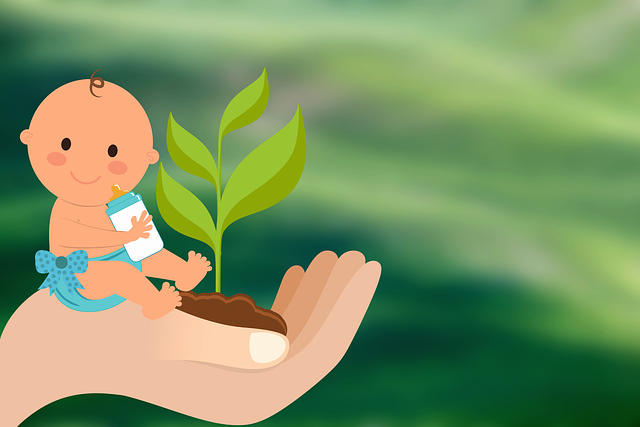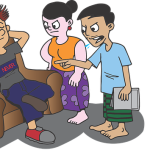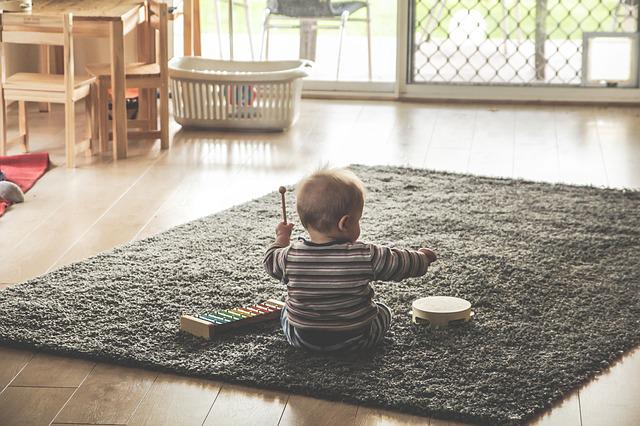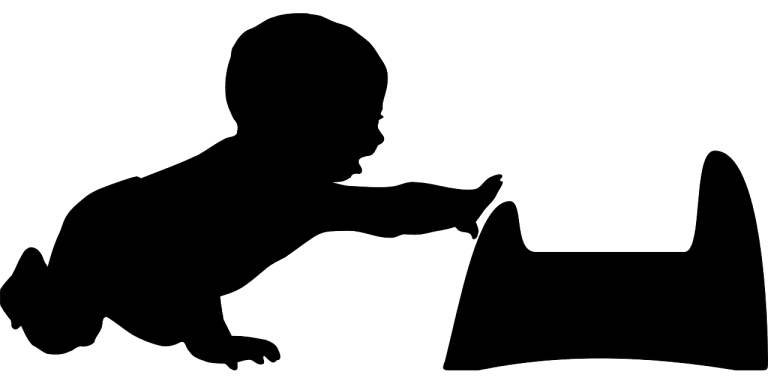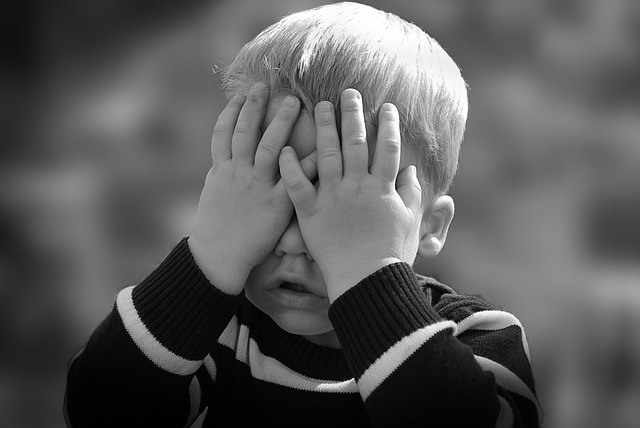What Is Child Growth and Development
Process of Child Growth and Development
Child growth and development is how a child develops physically, mentally, emotionally, and socially from birth to adolescence. This process is complex and involves various stages, each with its own set of milestones that a child should reach. Understanding child growth and development is essential for parents, caregivers, and educators to ensure children receive the appropriate support and guidance they need to reach their full potential.
Physical growth
The physical growth of a child is the most apparent aspect of development. Furthermore, Children increase from birth to age two, and their bodies undergo many changes. Therefore, learn to hold their heads up, sit, crawl, and walk. Over time, children learn by themselves to control their movements and engage in more complex physical activities.
Mental Growth
That is the most essential phase is when children learn and understand their environment from birth to age two, they learn to recognize familiar faces and objects and begin to understand simple words and phrases. As they grow older, their mental development continues, and they learn to think more abstractly and understand more complex concepts.
Emotional Development
As long it’s a beautiful phase for every parent but also the fundamental phase of development for child growth. Also, at this stage when children begin to understand and express their emotions from birth to age two. So they learn to recognize and respond to different emotions and develop a sense of self.
Social Development
So concerning child development, here is the final aspect of child growth and development. At this phase, children begin to understand and interact with others from birth to age two. They learn to recognize familiar faces and respond to social cues. With the passage of time and age, children learn by themselves to interact with others in more complex ways and develop a sense of empathy.
Important aspects
While child growth and development is a complex process, there are certain milestones that children should reach at each stage. For example, children should be able to hold their heads up, sit, crawl, and walk by age two. By age five, they should be able to understand and use simple words and phrases.
Finally, in simple words, the subject is a complex process full of mature responsibilities that involve physical, mental, emotional, and social development. Understanding child growth and development is essential for parents, caregivers, and educators to ensure children receive the appropriate support and guidance they need to reach their full potential. Children can reach their full potential and thrive with the proper support and guidance.
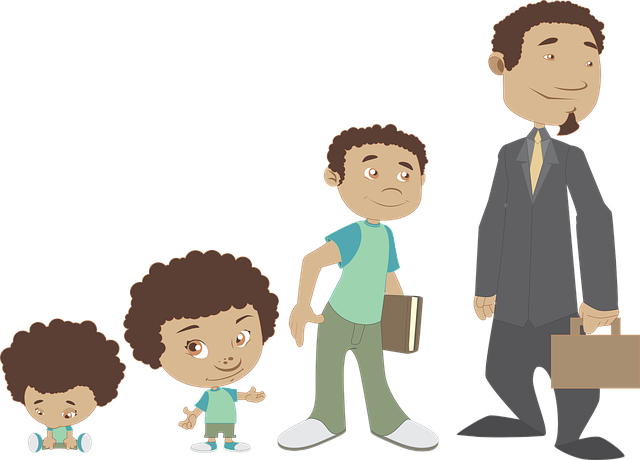
What is the difference between child growth and development?
Both aspects are totally different but very much close to each other.
Child growth refers to the physical changes and growth that a child goes through as they develop. This includes changes in height, weight, and body composition. Child growth is measurable and can be tracked using growth charts.
However close to the child’s growth but different in the aspect when child development refers to the changes and progress a child makes in their cognitive, emotional, social, and behavioural abilities. This includes language development, problem-solving skills, emotional regulation, and social interactions. Child development is only sometimes measurable and can be more challenging to track.
In short, child growth refers to the physical changes in a child’s body, while child development refers to the changes in a child’s abilities and behaviour. Both are essential aspects of a child’s overall well-being and should be monitored to ensure they reach their full potential.
What is the importance of responsible parenthood to a child’s growth and development?
To be honest responsible parenthood is crucial for a child’s development along with several other aspects for several reasons:
- Providing emotional support: Parents involved in their child’s life and providing emotional support can help their child develop a strong sense of self-worth, self-esteem, and emotional well-being. This can also improve the child’s ability to regulate emotions and cope with stress.
- Role models: Parents are the primary role models for their children. Responsible parents who demonstrate positive behaviours, such as honesty, kindness, and empathy, can also help their children develop these qualities.
- Providing structure and stability: Responsible parents offer their children structure, stability, and predictability in their lives, which can promote healthy development. This includes providing a safe and secure home, consistent routines, and clear boundaries and expectations.
- Educational Support: Responsible parents are actively involved in their child’s education and provide the support they need to succeed academically. This includes reading to them, helping with homework, and encouraging a love of learning.
- Financial stability: Responsible parents provide their children with the financial stability they need to grow and develop. To ensure the provision of providing for their basic needs, such as food, clothing, shelter, extracurricular activities, and education opportunities.
- Health and safety: Responsible parents prioritize their child’s health and safety, including regular check-ups, vaccinations, and providing a safe living environment.
We can summarize it as responsible parenthood is crucial for a child’s development at every stage of life. So, Providing children with emotional support, strong role models, structure and stability, educational support, financial stability, and health and safety is vital. Responsible parents who actively invest in their children’s growth and development can help their children reach their full potential and thrive.
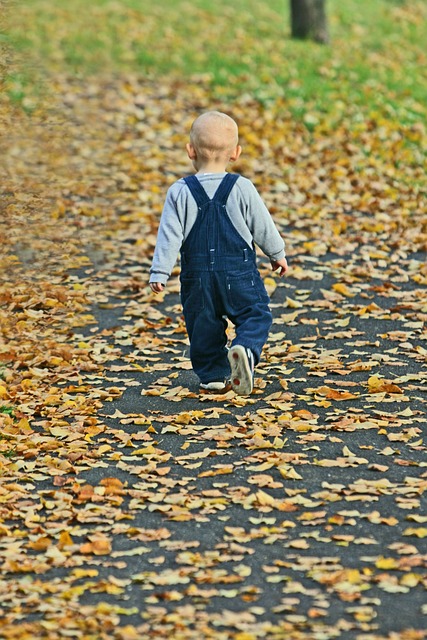
What is the best way to study child growth and development?
There are several ways to study child growth and development, but some of the best practices include:
- Reading and researching: Many books and articles on child growth and development provide information. Reading various sources is essential to get a well-rounded understanding of the topic.
- Online classes and courses: Many universities and organizations offer child growth and development lectures. These classes can provide a comprehensive overview of the subject and be completed at your own pace.
- Observing children: One of the best ways to study child growth and development is by keeping children in different settings, such as at home, daycare, or school. This can provide valuable insights into how children interact, learn, and develop.
- Practical experience: Practical experience working with children is an invaluable way to learn about child growth and development. This can include working as a teacher, daycare provider, or other professional working with children.
- Networking: connecting with professionals and child growth and development experts can provide valuable insights and perspectives. This can include attending conferences, and workshops or joining professional organizations.
- Keeping updated: the child growth and development field is constantly evolving, and keeping yourself updated with the latest research and products is essential.
So combining these methods is the best way to implement parenting styles of our own. Reading and researching, taking online classes, observing children, gaining practical experience, networking, and keeping updated are all valuable ways to deeply understand the aspects.

